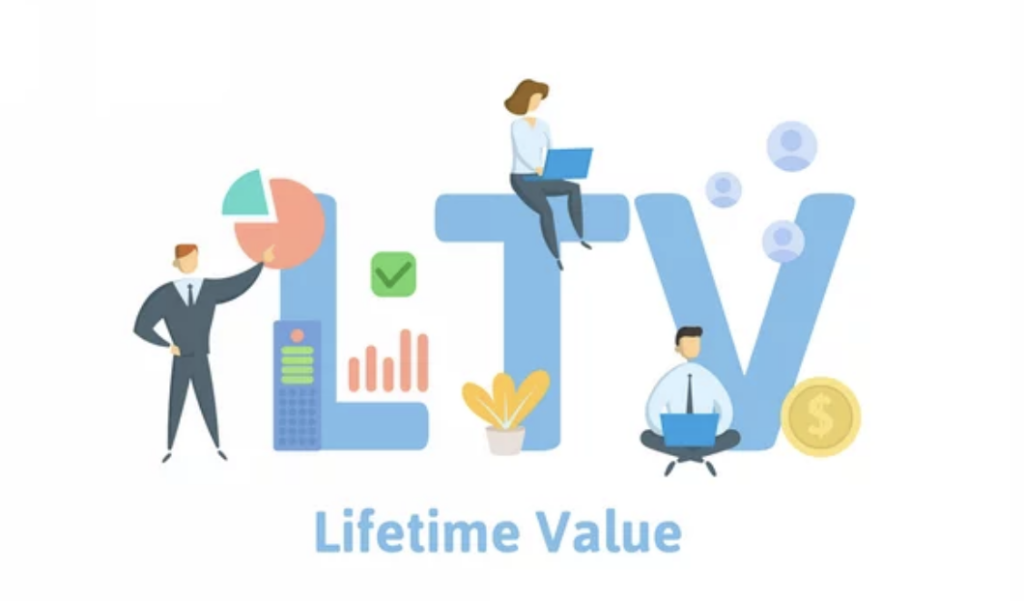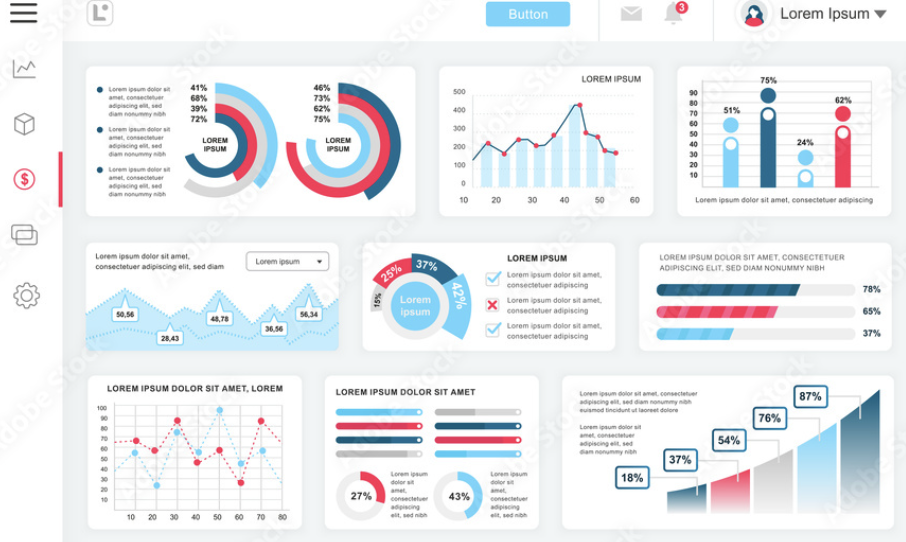Getting Customers Excited Again
As a CFO there’s so much you can do when it comes to cutting costs and optimizing the cost structure. The more productive focus is to help startup organizations drive the top line. Revenue generation, expanding the customer base, and improving customer retention and conversion are all variables that fit into a financial model forecast. In this series, we discuss the actions to take to get more users of a mobile app in a measured way and from the view of a financial lens.
We discuss i) reactivating dormant users and ii) the importance of metrics related to recency and frequency of app use. We then turn our focus to iii) increasing organic growth and then iv) experimenting in a low-cost way to drive user growth.

Part 1: Love Rekindled
There was initial excitement when your app user downloaded the app and signed up and started to engage. The delight, the fun, the novelty, and the value were great. And think about all the connections made, all the great reasons why someone loaded your app in the first place. Your app solved a specific problem and fulfilled a need for a specific audience. And yet with time, things slowed, activity decreased and users became inactive.
To get people excited, there are some actions that I’ve seen work, some more effective than others.
Send personalized messages: Send personalized messages to dormant users via push notifications, email, or in-app messages. People love it when a notice comes from the CEO or founder. One can talk about the joys other customers are experiencing with the app, recent highlights, new features and even a thank you for using the app. Incentives and promotional nudges can be included to return to the app and it’s a great way to reconnect with someone that had strong intent at the onset. The personal touch goes a long way so having a script and adding some uniqueness will be well received.

Exclusive content: Offer exclusive content or promotions to dormant users to entice them to return to your app. This could include exclusive access to new upcoming features or content that is only available to select active users. In the past, we created a “founding members” team, an exclusive group that got a sneak peek of upcoming features and special benefits. These founding members often go on to become power users and app advocates. For larger companies, we created a customer advisory panel that can also grow our customer base while providing app feedback. A less formal option is to offer to feature the user in an upcoming blog or article to discuss the rekindled joy of using your app.
What can we do better? When an app has been downloaded millions of times and you have very positive reviews, there’s a tremendous opportunity to reconnect. Sometimes, it can be a message asking for feedback (make sure it’s easy to submit the feedback). Usually, product teams are good at analyzing user feedback and making tweaks, and it helps to get others to discuss what people are asking for to improve the app. Sometimes it is not just about adding features as I’ve seen companies take unwanted features out which then accelerated usage again. So ask why they love the app or what can be better.
BTW for CFOs, added process mapping to product improvements can help with resource planning when it comes to engineering resources.
You’re almost there. There are multiple steps to becoming a healthy customer with strong lifetime value metrics (LTV). Re-engaging and keeping customers is more financially effective for startups than spending unchecked marketing dollars to acquire new customers. Drip campaigns (but not too automated) or nudges to let customers know that you are thinking of them and let them know of them. These campaigns could include special promotions, reminders about unfinished tasks, or personalized recommendations based on their past behavior.

Don’t forget the Finance view: As it relates to LTV, make sure to do the right contribution margin calculation and consider churn based on historical data. If your customers are paying $60 a year for a subscription vs your ability to monetize $400 a year from added revenue sources, make sure the math works in your model.
Simplify the user experience: Simplify the user experience by removing unnecessary steps and making it easier for users to navigate your app. This can help reduce friction and make it more likely that users will return and continue to use your app. The other thing is that if users find you via the website, you can work closely with the marketing team to highlight stories of people who love using the app in an easy-to-find, volume-centric way.
Reverse the Dormant Accounts
In addition to key KPIs such as active users, paid users, and churned users, helpful metrics to get a sense of engagement and retention include closely monitoring recency and frequency by user cohort. I typically add the trends as part of a management KPI Executive Dashboard so everyone on the team can see the trends. Recency and Frequency are important for retention for several key reasons:
- Identifying churn risk: Measuring the recency and frequency of app usage can help you identify users who may be at risk of churning. For example, if a user has not opened your app in a while or is using it less frequently than before, they may lose interest and may be more likely to stop using your app altogether. By identifying these users early, you can take steps to re-engage them before they churn.
- Targeting retention campaigns: Measuring recency and frequency can also help you target your retention campaigns more effectively. For example, if you know that users who have used your app within the past week are more likely to be retained than those who haven’t used it in a month, you can focus your retention efforts on the former group.
- Improving engagement: By measuring recency and frequency, you can also identify ways to improve user engagement with your app. For example, if you find that users are not using your app frequently enough, you may need to improve the user experience or add new features to encourage more frequent usage.
Share it with the Team
I find the executive team finds it very useful to review the Dashboard (in GoogleSheets) during the weekly staff meeting while a shortened version can be shared with the broader team during the weekly stand-ups. I often color code the attainment vs performance in red, yellow, or green to quickly identify areas of improvement. For example, if the target organic growth multiplier is 40%, the team can see directionally if we are meeting this target or if other creative experimenting needs to be done.

A plan with detailed metrics to track progress can help a mobile app company re-engage with its customers. And with excitement, delight, and true value, these customers can then become your biggest advocates helping to increase the organic growth multiplier. Plugging these metrics into the financial model can then readily show the growth potential in the outlying years with the results improving margins and better cash flow.
Stay tuned as we discuss iii) novel ways to increase organic growth and iv) ways to experiment in a low-cost way to drive user downloads and usage of your app.